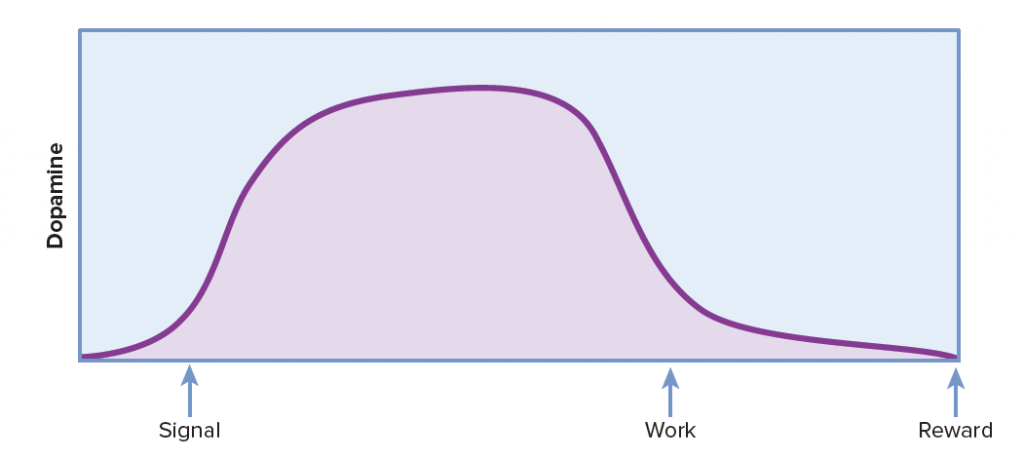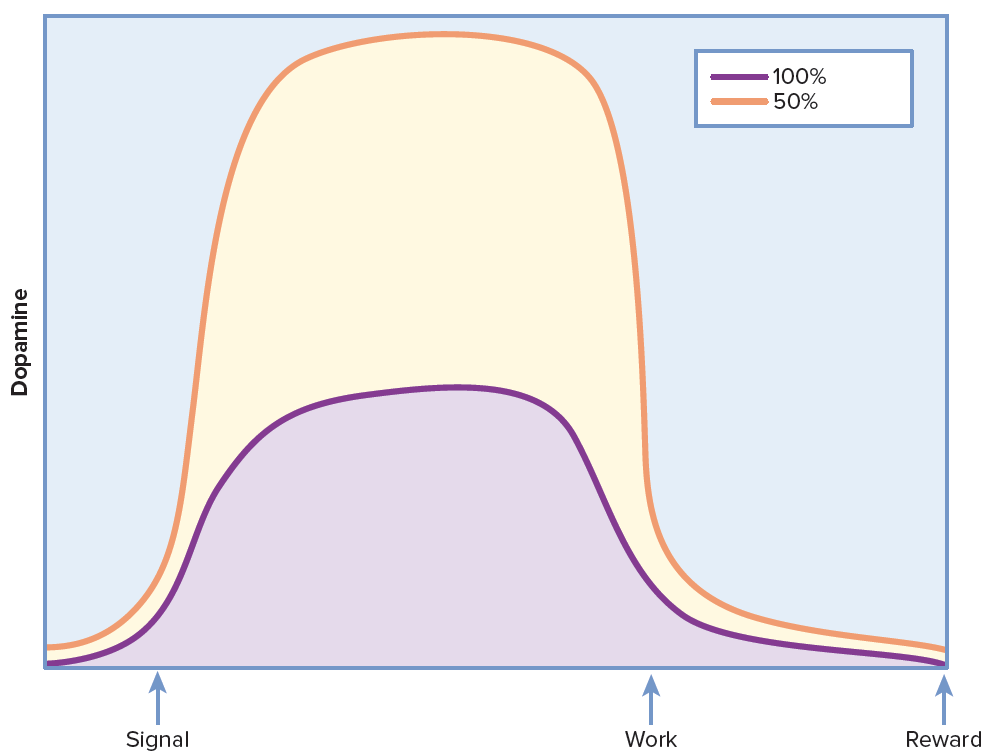
Let’s say that you’re the CEO of a large retail clothing brand. You have stores throughout the world, and you have a website. People buy shirts, pants, skirts, belts, and so on at your stores and at your site.
If you want people to enjoy the shopping process with your brand, and to be excited about buying your products, what should you do?
Let’s say your answer is: “I’m going to make shopping in the stores the best shopping experience possible. We’ll have in-store events, models wearing the clothes in the stores, and exciting sales. We’ll stock the stores with all colors and sizes, so people can be sure that when they come in, we’ll have what they want. I know that we have the online stores too, but if I am going to spend time and energy on one or the other, I’ll spend it making the in-store experience the best it can be.”
Good answer? Actually, no.
Excitement and anticipation — Robert Sapolsky is a neuroscientist who studies dopamine in the brain. He trained monkeys to know that when a light comes on that is a signal. The monkeys knew that if they pressed a button ten times, AFTER the signal (after the light comes on), then on the tenth button press, a food treat would appear.
Sapolsky measured the amount and timing of dopamine release in the monkeys’ brains during the cycle of signal—work (pressing the button)—reward (food treat). The monkeys received the treat as soon as they pressed the bar ten times. Surprisingly, the dopamine release started as soon as the signal arrived, and ended at the end of the bar pressing.

Many people think that dopamine is released when the brain receives a reward, but dopamine is actually released in anticipation of a reward. It’s the dopamine that keeps the monkey pressing the bar until the treat arrives.
In a second experiment the monkeys received the food treat only 50 percent of the time after they pressed the bar. What happened to the dopamine in that situation? Twice as much dopamine was released when there was only a 50/50 chance of getting the food treat.

It’s all about unpredictability and anticipation — In the third and fourth experiments, Sapolsky gave the treat 25 percent of the time or 75 percent of the time. Interestingly, when the treat was given either 25 percent of the time or 75 percent of the time, the dopamine release was the same, and it was halfway between the 100 percent and 50 percent chance of getting a food treat.

Unpredictability increases anticipation — When the monkeys got the treat all the time, a fair amount of dopamine was released during the pressing phase. When getting the treat was unpredictable, the amount of dopamine went up.In the 25 and 75 percent situations, there was actually more predictability. If the monkey got a food treat 25 percent of the time, it meant that they mostly didn’t get one. If they got a food treat 75 percent of the time, it meant that they mostly got one. Getting the food treat 50 percent of the time was the least predictable situation.
What’s this got to do with online shopping? — Ok, I realize that most of us are not monkeys. But our brains work a lot like monkeys. We react to anticipation and dopamine the same way. When you place an order for a product online, you don’t get the product right away. You have to wait. And in the waiting is anticipation.
In the report entitled Digital Dopamine, Razorfish presented results from interviews and surveys of 1,680 shoppers from the US, UK, Brazil, and China in 2014. From the report: “Seventy-six percent of people in the US, 72 percent in the UK, 73 percent in Brazil, and 82 percent in China say they are more excited when their online purchases arrive in the mail than when they buy things in store.”
The bottom line — Online shopping can be as exciting or more exciting as in-store shopping. Build in that anticipation.
For more info: — Sapolsky talks on video about the dopamine—anticipation research at http://www.wired.com/2011/07/sapolsky-on-dopamine-not-about-pleasure-but-its-anticipation/.
Razorfish Report: Digital Dopamine (http://www.razorfish.com/ideas/digital-dopamine.htm)
This topic is one of the 100 Things in my newest book: 100 MORE Things Every Designer Needs To Know About People.


Leave a Reply